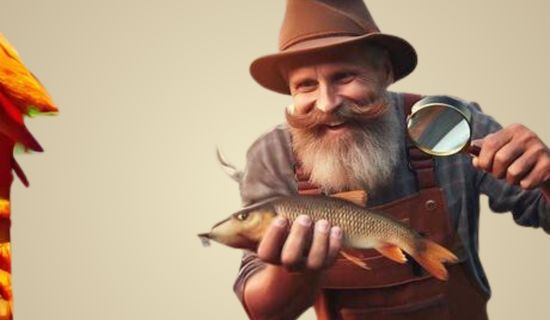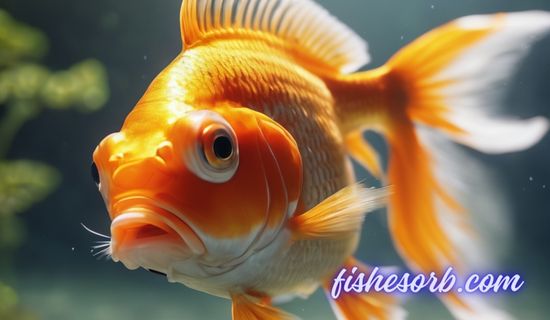Introduction:

Hi, aspiring fisheries enthusiast! Today, we’ll delve into the fascinating world of the Blobfish and explore the blobfish life cycle. The Blobfish (Psychrolutes marcidus) is a unique deep-sea fish known for its distinctive appearance. Understanding its life cycle is crucial for conservation efforts and maintaining the balance of marine ecosystems. Let’s break down the Blobfish life cycle into key stages.
Habitat and Spawning:

Habitat: Blobfish inhabit the deep waters of the ocean, typically found at depths between 2,000 and 4,000 feet. They are well-adapted to the high pressures of these depths.
Spawning: Blobfish reproduce by laying eggs. The exact details of their spawning behavior are not well-documented due to their elusive nature, but it is believed that females release eggs into the water, and males fertilize them externally.
Egg Stage:

After fertilization, Blobfish eggs develop into larvae. These tiny, transparent organisms float in the water, vulnerable to predation.
The duration of the egg stage varies based on environmental factors, including temperature and water conditions.
Larval Stage:

Blobfish larvae undergo significant developmental changes during this stage. They begin to acquire their characteristic features, although they may not yet resemble the adult form.
Larvae are highly sensitive to environmental conditions, and survival rates depend on the availability of suitable food and protection from predators.
Juvenile Stage:

As Blobfish progress through the juvenile stage, they start to resemble miniature versions of the adults.
During this phase, they continue to feed on small organisms, gradually growing in size.
Adult Stage:

At maturity, Blobfish assume their distinctive appearance with a gelatinous, blob-like body. Their lack of a swim bladder allows them to hover just above the seafloor.
Adult Blobfish primarily feed on crustaceans and other small marine creatures, utilizing their unique physical adaptations for survival in the deep-sea environment.
Reproductive Maturity:

Blobfish reach reproductive maturity, typically after a few years. The exact time varies based on factors like food availability and environmental conditions.
Once mature, they join the cycle of reproduction by releasing eggs (females) or fertilizing them (males), completing the life cycle.
Conclusion:

Understanding the Blobfish life cycle provides valuable insights into the ecology of these mysterious creatures. As you continue your journey into fisheries, remember the importance of conservation to ensure the survival of unique species like the Blobfish. Happy exploring!



